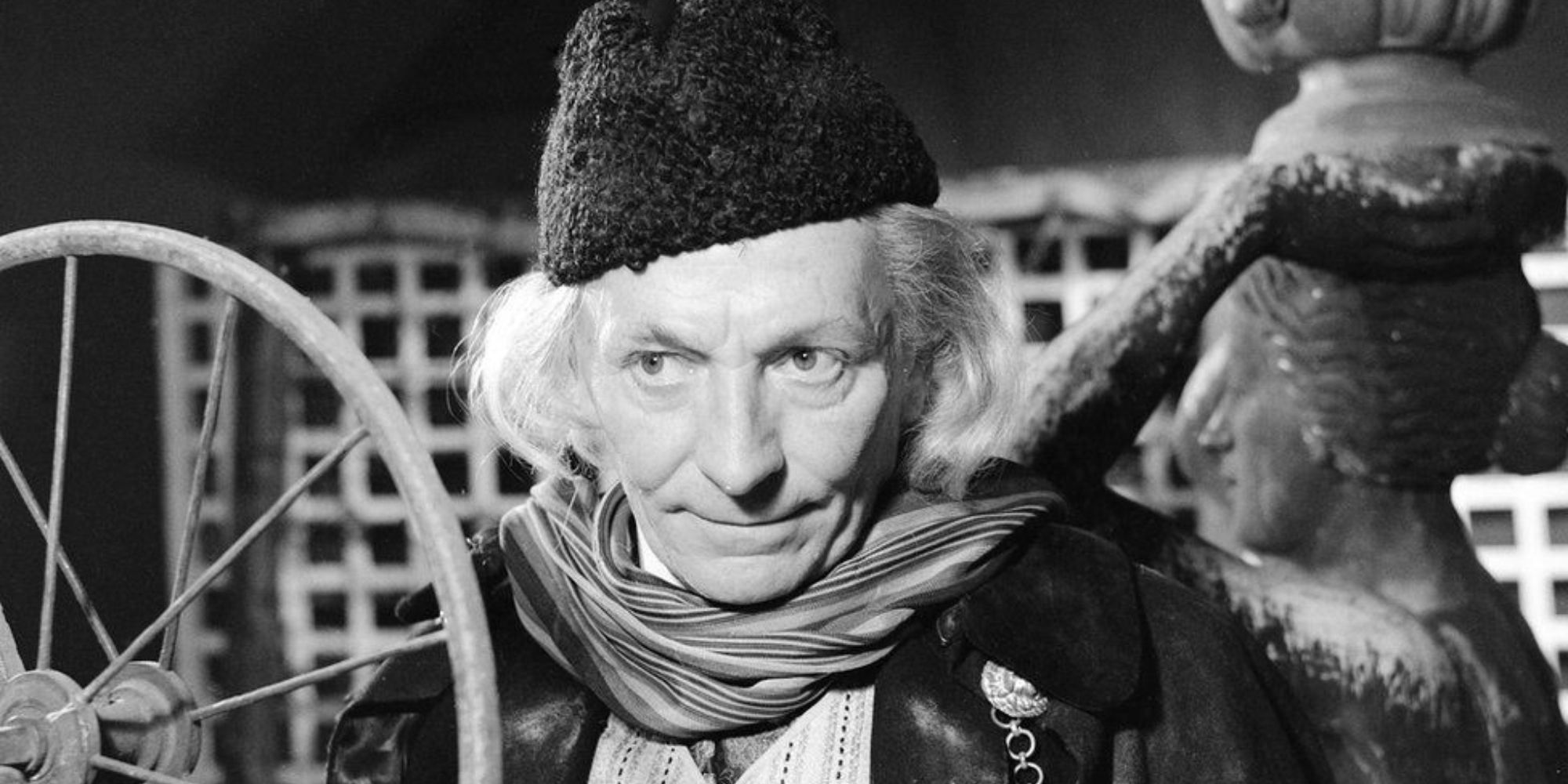Doctor Who’s Cast Is the Best Example of the Show’s Evolution
Few shows in television have reached the same echelon of cultural relevance as Doctor Who, one of the most expansive, recognizable works of science fiction. The British series first premiered in 1963 and has transformed immensely as it nears its 60th anniversary. Though the show follows The Doctor through all of time and space, the series itself serves as a personal time capsule of Earth in the decades that the show has been on the air. Each iteration of the Doctor has been accompanied by a breadth of companions that are equally responsible for defining their era. Let’s take a look back at the dynamic cast of Doctor Who and how they served as bookmarks in the series’ long history.
The 1960s Leaned Into Norms and Conventions
Image via BBC One
The first decade of the show’s featured a cast that reflected the norms and conventions of television at the time, leaving much diversity to be desired. William Hartnell at 55 was the First Doctor, setting the standard that later versions would expand on. He was curmudgeonly but knowledgeable beyond human understanding and accompanied by characters naive in comparison. Patrick Troughton‘s introduction as the Second Doctor was arguably even more important than the First. His introduction also featured ‘regeneration’, the ability of the Doctor to take on a new form. As the first of many regenerations, Troughton’s casting was essential for improving longevity by proving that others could take on the role. Following him, there was significantly more room to experiment outside the original scope of the show. The first decade of Doctor Who featured a predominantly white cast, but deserves some commendation for its prominent female actors in the role of companions, which were the next most important roles after the Doctor. As the first and oldest of the franchise, the casting was reflective of the limited diversity in entertainment during the 1960s, but that would not be the end of the show’s growth.
The 1970s Took Bold Steps Forward in Casting
.jpg)
In the 1970s, the show saw several bold casting choices that shook the series. Jon Pertwee as the Third Doctor and Tom Baker as the Fourth Doctor were a notch younger than the last two actors to play the role, bringing a new dimension to the role by allowing the Doctor to be more eccentric, quirky, and energetic. Baker would have a long-standing tenure as the Doctor, becoming one of the most popular and recognizable versions of the character to this day. The freedom for some lightheadedness was captured in the perfect late 70s camp of K9, the robot dog companion of the Doctor. Voiced by John Leeson, K9 became one of the most popular and memorable companions to date, as only a show as daring as Doctor Who could pull off having a mechanized pet as one of the main characters of the show.
Arguably the most important and era-defining casting choices of this period of Who was the casting of Elizabeth Sladen as Sarah Jane Smith and Louise Jameson as Leela. These two actors in these roles helped push the autonomy and independence of female characters in the franchise. Leela was a warrior from another planet whose revealing wardrobe and feisty attitude were a stark contrast to his more demure companions before. Sarah Jane Smith became one of the most enduring characters in the franchise, having one of the longest tenures on the show and even starring in her own spin-off later down the line. In the abundance of actors that played the Doctor’s companions, these two helped push the boundaries of what being the Doctor’s companion meant, expanding the depth of that role and the characterizations of women in sci-fi television.
The 1980s Signaled the End of The Classic Who Era
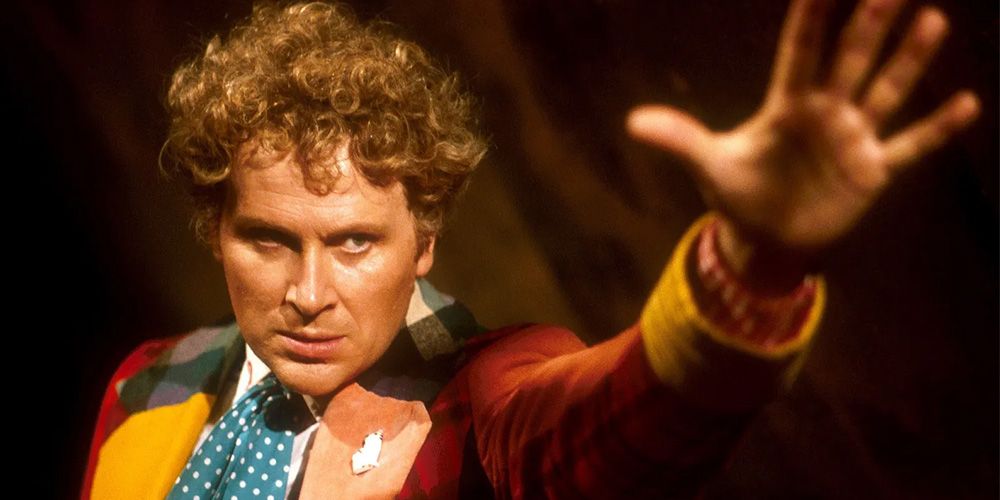
Following the eccentrics of the last few companions, the 1980s saw a turn towards youth that energized the series. Peter Davison would be the youngest Doctor up to that point, at just 29 years old. His casting was a greater push forward than the previous set of Doctors. He was youthful and bold in appearance, shedding the commitment to the Doctor’s more grandfatherly wardrobe. The Time Lord’s centuries of experience could be portrayed with a fresh face without abandoning the degree of awe-inspiring knowledge that defined the character. Some notable companions of this era were Adric and Nyssa, played by Matthew Waterhouse and Sarah Sutton, who were in their young 20s and portrayed teenagers in the series. With the Doctor being younger than ever, the age of the companions also shifted in the same direction, helping to appeal to a greater range of young audiences. The Sixth and Seventh Doctor played by Colin Baker and Sylvester McCoy remained relatively youthful but did not push the boundaries in the same way Davison did. Unfortunately, in 1989, the series was canceled, and the era that would later be known as Classic Who came to a close.
The 1990s Was the Missing Decade for Doctor Who
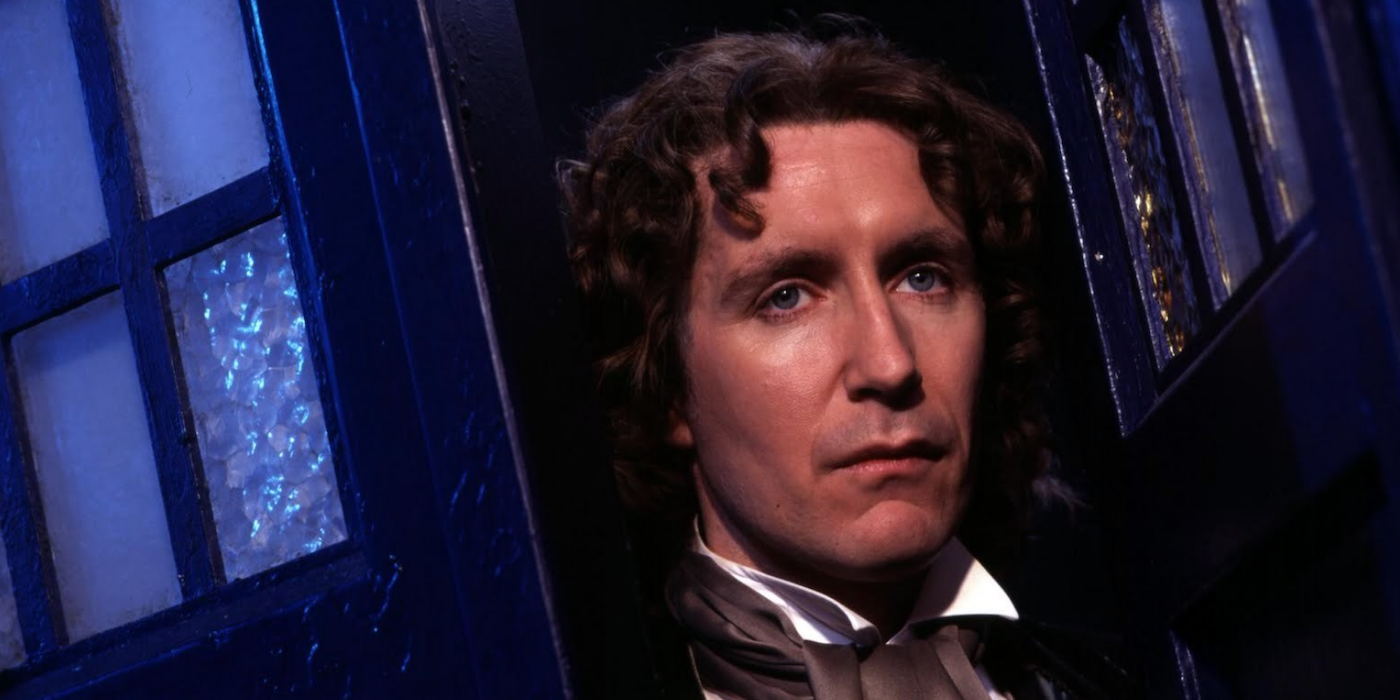
The 1990s was the decade in which The Doctor was the least present in the cultural zeitgeist because of the show’s cancelation. In 1996 Doctor Who: The Television Movie was released as an attempt for a backdoor pilot to reintroduce the world to The Doctor. The movie chartered new ground for the franchise by shifting the Earth area of focus to the United States. Paul McGann was cast as the Eighth Doctor alongside companion Grace Holloway. Holloway was played by Daphne Ashbrook, who was the notable casting for the franchise as one of the few American actors to feature on the show, symbolizing the series’ attempt to break out internationally. Though the series would not be renewed for almost a decade, Ashbrook’s role as the American companion in the 90s is an exciting swing in this scarce period of Doctor Who.
The Return of The Doctor in the 2000s Signaled a New Transformation
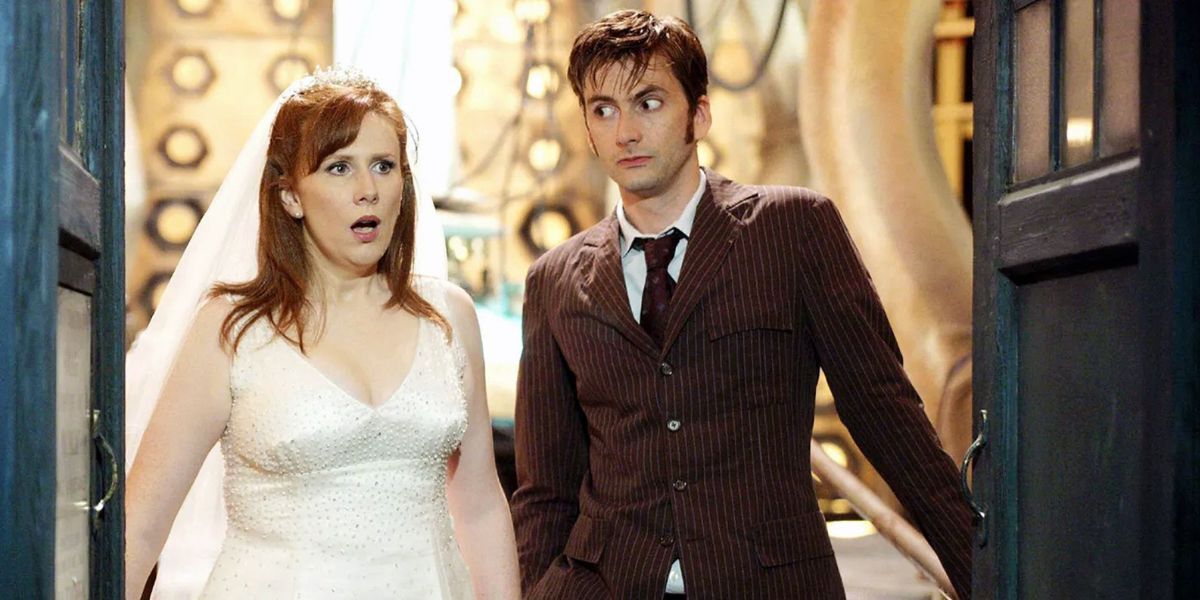
Following a decade with little to no Doctor Who, the series finally returned to television in 2005, with Russel T. Davies at the helm. The resurgence of Doctor Who in the 21st century felt noticeably different from previous generations, leading to fans referring to the second half of the series as “NuWho” to differentiate from “Classic Who” that aired decades before.The Ninth and Tenth Doctor were introduced in this decade, played by Christopher Eccleston and David Tennant respectively. Eccleston’s casting, leather jacket, and portrayal of the role was meant to “take Doctor Who into the 21st Century.” The actor was edgier than previous incarnations and served as the foundation for all modern Doctors to come. Billie Piper was in her early 20s when cast as Rose Tyler, a companion to both Eccleston and Tennant.
Piper’s portrayal of Rose helped push the importance of the companion role, becoming the face of modern Doctor Who just as much The Doctor himself. She helped create a connection to the younger, more diverse audiences that made the new Doctor Who a new classic for sci-fi fans. Tennant’s iteration of the Doctor was the most iconic and beloved since Tom Baker. At 34, he was on the younger side of Doctors in the history of the show and became one of the defining figures in the late 2000s fandom. This Doctor had messy hair, Converse sneakers, and quirky tendencies that would define the geek aesthetic for years.
One of the most important castings in Doctor Who history was Freema Agyeman as the companion Martha Jones. Agyeman would play the first Black companion in the history of the series, something that was long overdue but happily rewarded. Though there had been other important and recurring Black characters in the series, Agyeman was the first to hold the title of companion and one of the most dynamic characters to participate in that role. Martha Jones was a phenomenal character that represented the strength and independence that companions were able to have, as she was notable for being one of the few companions to stop traveling with the Doctor based on her own terms. She would later return as a guest and in spin-offs, demonstrating a continued sense of duty in helping the world regardless of her connection to the Doctor.
The 2010s Ushered in the Youngest Doctor to Date
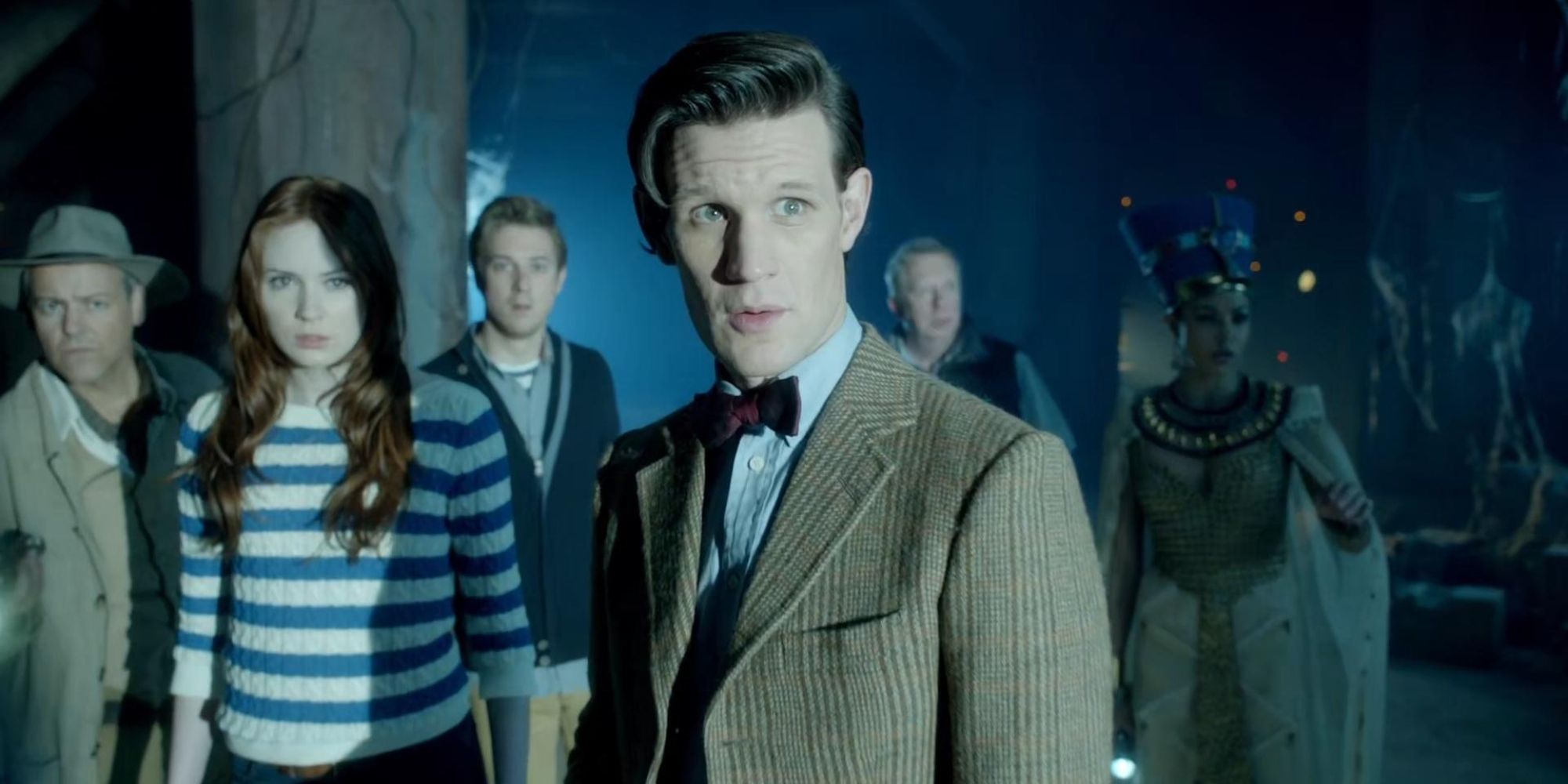
Doctor Who was a reestablished television staple by the time the 2010s rolled around, and this decade saw some novel choices in casting for the series. Matt Smith was the zenith of the youthfulness in the show’s production and fan base, beating out Davison as the youngest Doctor by taking on the role at just 27. An underrated aspect of Doctor Who in the 2010s was the way that they balanced nostalgia, homages, and evolution in its casting. Karen Gillan and Arthur Darvill portrayed the Eleventh Doctor’s companions Amy Pond and Rory Williams. When this couple got married but continued to accompany the Doctor on his adventures, they paralleled the dynamic between the First Doctor and two of his companions (who were also married).
Peter Capaldi at first glance was nothing groundbreaking in the casting department of the show, but in actuality, he represents the culmination of Doctor Who fandom. Capaldi was in his 50s when cast as the Twelfth Doctor, bringing the series back to its root with an older actor in the lead role. What separated Capaldi wasn’t just the return to form for an older Doctor, but the poetry behind his lifelong fandom. At age 14, Capaldi was a major fan of Doctor Who and remembered badgering the studio endlessly. Though Capaldi was close to the same age as Hartnell, he represented the immense longevity of the series and the legacy that each actor before was leaving behind. He had grown up watching the series and became a man that could take on the role he saw decades ago, a lifetime of fandom being rewarded beyond just a job and a role, but the fulfillment of a dream.
The 2020s Was a Great Change in Tradition
.jpg)
The cast of Doctor Who in the 2020s forward deserves immense recognition for being tradition breakers within its own franchise in order to better represent the fans and the world behind the camera. It took a dozen iterations of the Doctor and countless memorable companions to help push the role in these directions. Jodie Whittaker became the first female Doctor when she took on the role as the Thirteenth. The move for a female Doctor was decades in the making, ever since Tom Baker vocally suggested it after his tenure. Finally, after decades of speculation and improvements in equal representation among genders, the Doctor had finally evolved beyond one of the long-standing barriers of the role.
Looking to the future, the cast of Doctor Who is set to become more inclusive and dynamic than ever. David Tennant returns to the show as the Fourteenth, along with the return of Catherine Tate‘s Donna Noble, a regeneration heavily connected to the Tenth, but with a wealth of untapped potential before him. Once Tennant’s nostalgic return completes, Ncuti Gatwa has been announced as the Fifteenth Doctor and the first Black actor to take on the historic role, with fans excited and eager to see his portrayal.
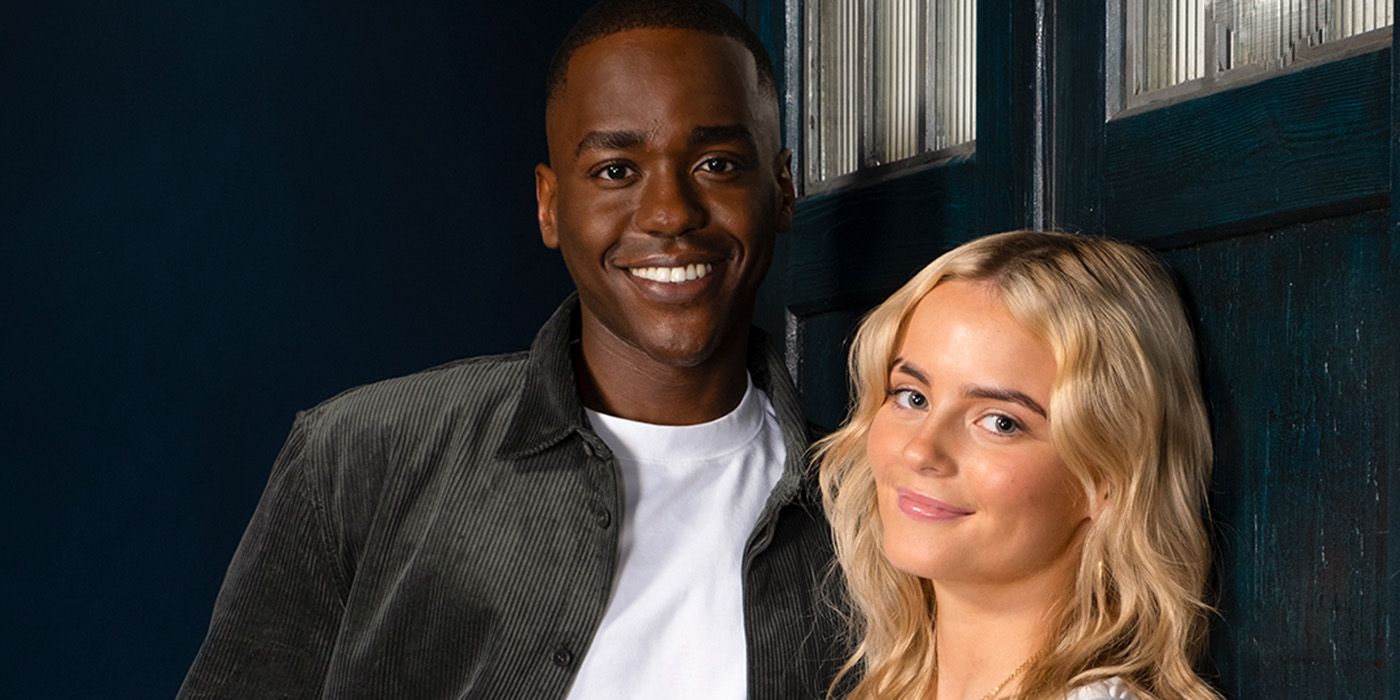
The cast of Doctor Who is one of the most dynamic ensembles in television history, serving to define the different eras of each Doctor. As with any historic work, valid criticisms can be made about delays in progress and representation. How was there a robot dog as a companion before a person of color? Why did it take twelve regenerations before a woman was cast as the Doctor? By nature of its longevity, Doctor Who is susceptible to the failings of the entertainment industry of previous decades. However, looking at the encapsulation of the franchise’s cast and the deliberate moves towards greater inclusivity and representation, it’s apparent that Doctor Who will never stagnate for too long before regenerating into something better. Fans of the series should thank the long legacy of actors as they look to the future with Gatwa.
Doctor Who will be returning to the screen in November 2023 in celebration of its 60th anniversary.
No Byline Policy
Editorial Guidelines
Corrections Policy
Source
